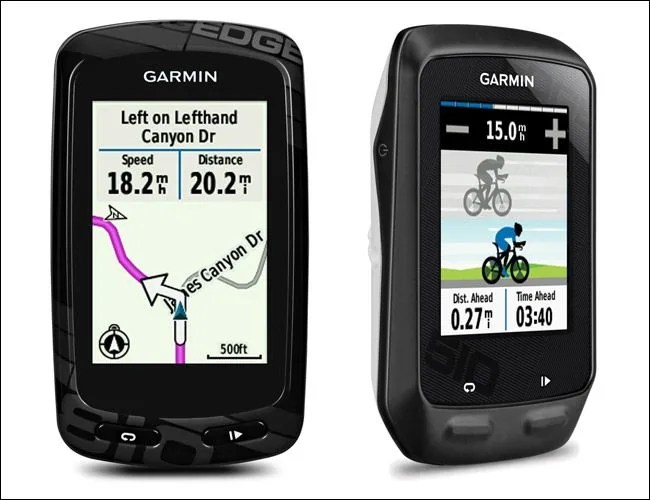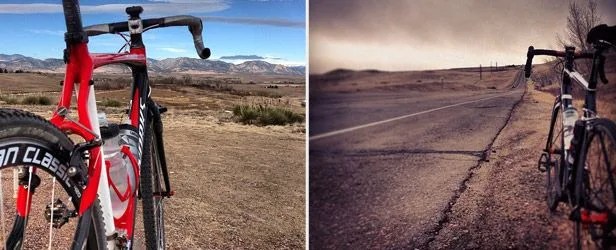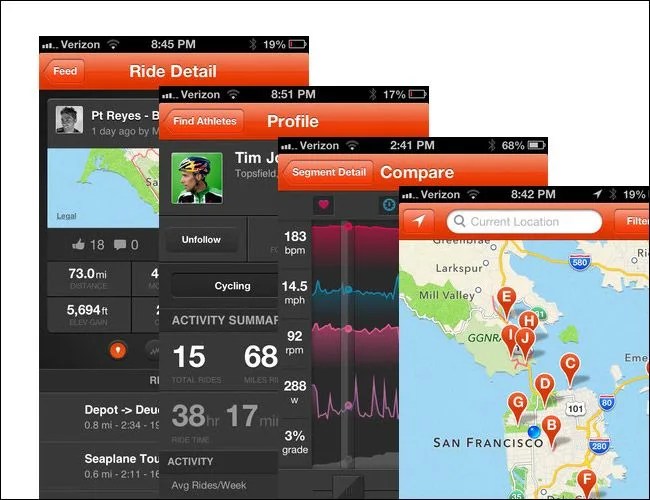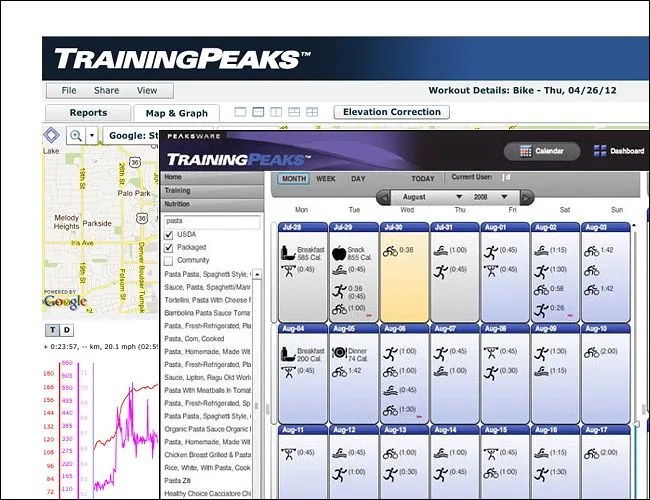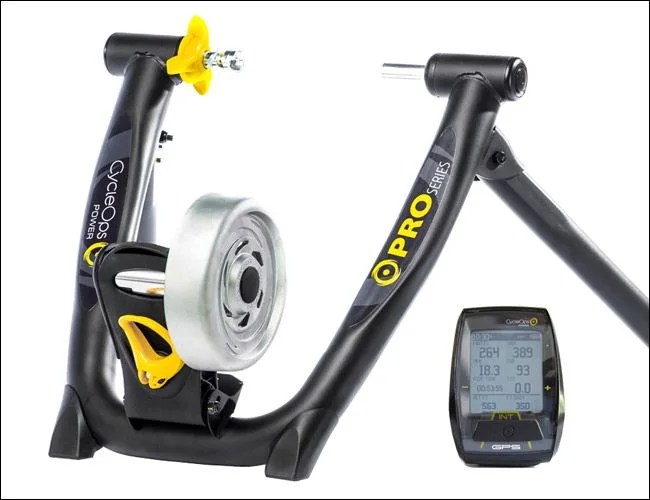The early days of cycling technology were cumbersome. Like Christmas lights on Clark Griswold’s roof, each new device you added to your bike came with an endless string of cables you had to wind around the frame. Then you’d begin the process of tweaking tiny sensors to make sure the data was registering. All so we could brag about our top speed and distance. Fast forward a couple of years and we can now have a single interface to capture and visualize data in real time, with powerful wireless technology like ANT+ and Bluetooth.
Yet a fundamental issue remains even today: You can’t manage what you don’t measure. That is true for endurance athletes tracking caloric expenditure and substrate utilization or weekend warriors just looking to stay fit. It is nearly impossible to know if you are getting stronger, faster and leaner without some tools for measurement. Thanks to our rapacious demand for data, we’ve seen an explosion in the number of devices and services to help improve performance, from GPS to power meters to physiological testing services.
But even with all these advancements, we still find ourselves asking more of the the same questions: What should I measure? What do I do with the data? What technology should I actually buy? To help answer these questions we’ve got five training technologies that will help give context to your rides, improve your performance and best your training buddies.
MORE OUTDOOR GEAR: Backcountry Skiing Gear | Winter Cycling Essentials | Gifts for the Adventurer
SRAM Quarq Power Meters
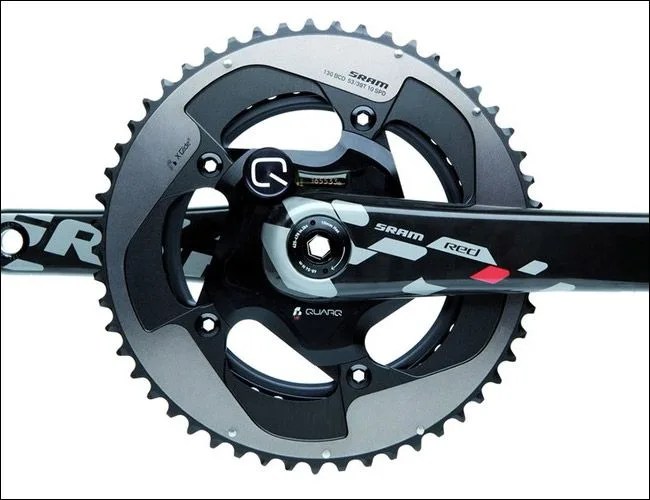
Power meters provide you with the most accurate measure of performance, providing instant feedback on the amount of output it takes to propel the bike forward. SRAM’s Quarq power meters are cranksets for both mountain and road bikes, compatible across all SRAM component groups. The ANT+ wireless technology makes it easy to connect with your existing ANT+ computer, the battery is replaceable sans tools, and +/-2% accuracy of data ensures it is counting every watt.

